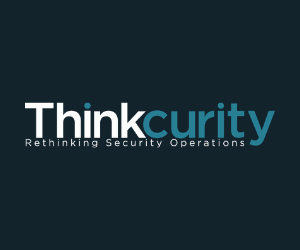Days to Hire is a standard HR metric security guard companies use to gauge staffing productivity. The clock starts ticking when an applicant enters the hiring pipeline and stops when they are placed in the field. Obviously, the faster the better.
Days to Hire could take as little as seven days to as long as a month or more. Some variables are out of the hands of the security guard firm, such as the number of training hours required by a state for certification, or if the state licensing agency is overwhelmed/understaffed and experiencing delays in processing applications for Guard Cards. But what if parts of the hiring process that are under the control of the security guard firm can be compressed to just a few days?
The Clock Starts Ticking
The traditional hiring process starts when a candidate applies for an online security guard job posting. Someone in the HR department reviews the application and if acceptable, contacts the applicant and asks a few pre-qualifying questions (criminal history, drug use, prior experience, etc.).
Upon passing pre-screening, the candidate is invited for an in-person interview. If all goes well, a background check comes back clean, and a job offer is extended and accepted. The candidate is presented with a Preliminary Offer Letter outlining details of employment conditions, pay, location, and responsibilities. But before a new guard can be placed in the field, he/she must be certified and licensed by the state.
Assuming the new hire is not already certified as a security officer, the HR department registers and assigns the training necessary for the employee to get certified and apply for a state-issued Guard Card upon completion.
A Fork in the Road
Here’s where Defencify’s online, self-paced security guard training platform can shave days or weeks off of the certification process.
Security guard companies can continue down the traditional path of using live instructor-led training. They enroll applicants in a multi-day session that starts in a week or two, or whenever the firm has reached the minimum number of students to justify the expenses of a classroom, meals, supplies, and the cost of the instructor. The length of training varies by state. California, for example, requires security officers complete 8 hours of pre-license training and 32 hours of continuing education to obtain a state-issued Guard Card. That’s 40 hours of sitting in a classroom – unpaid – after waiting a week or more to get started. Upon successfully finishing the training, the student is given a certificate of completion that is submitted to the state licensing authority. They may grant a provisional license while processing the application for a state-issued Guard Card.
Or…
Security guard companies can migrate to online training. Upon acceptance of an offer of employment, the HR manager immediately creates a new employee profile, assigns the courseware necessary for state certification, and tracks student progress through the curriculum. Rather than waiting for the next scheduled instructor-led class to begin, a candidate can be hired on a Friday and complete the state-mandated training over the weekend using their own device at their own pace. A digital certificate of completion is issued immediately, allowing the new hire to apply for a provisional license via email on Monday and start work on Tuesday while the bureaucratic waiting game plays out at the state licensing agency. (And don't forget the cost savings of eliminating live instructor-led training).
Defencify Gets Security Officers into the Field Faster
Defencify has an entire library of online, self-paced courses designed to speed and simplify the training process to get security guards into the field faster. Some people need a job today. They can’t afford to wait weeks and suffer through moribund training sessions and bureaucratic red tape before starting. They can walk into a fast food franchise and start earning in an hour.
Then there is the issue of internal training. Even after receiving a provisional license or Guard Card, many security guard companies will not allow new hires to be placed in the field until they complete company orientation or participate in an on-boarding session conducted by HR. Rather than gathering all new hires in a room for in-person orientation, Defencify can customize courseware to deliver these messages through online training as well, shaving more time off Days to Hire. Contact Defencify to learn more. We’re here to help get your guards into the field and earning faster.





